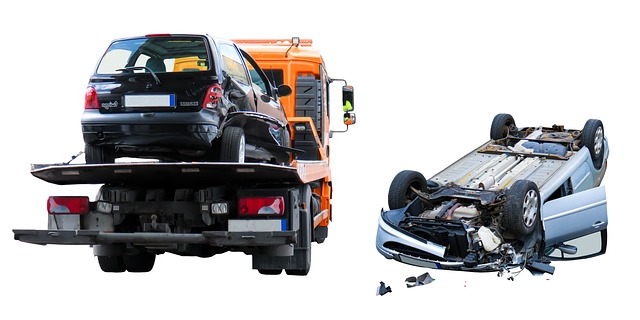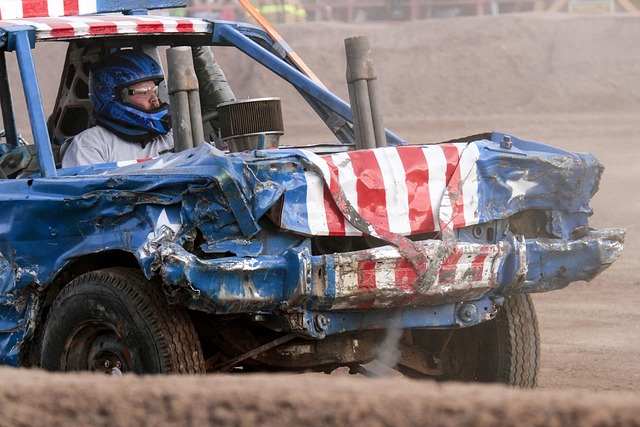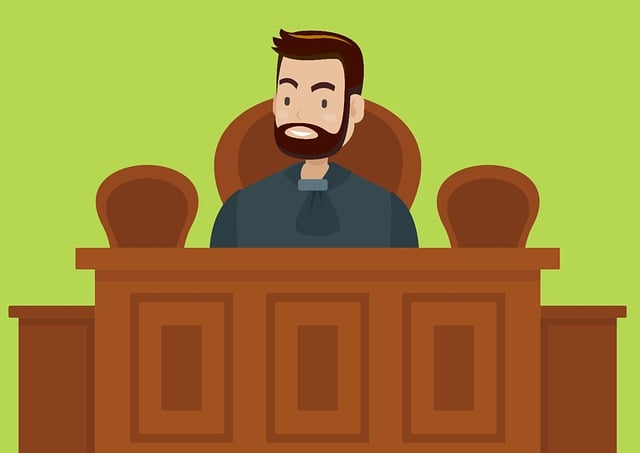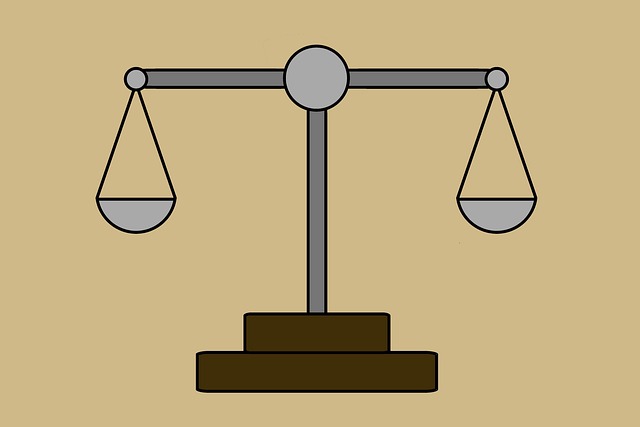Accident liability determination for pedestrian cases involves a complex web of factors like driver negligence, roadway conditions, and maintenance, with varying legal interpretations across jurisdictions. It requires analyzing traffic rules, weather, driver behavior, and pedestrian actions, differentiating from slip-and-fall incidents. Key indicators include reasonable care breaches, driver negligence, or property owner neglect. The process entails examining pre-incident data, witness statements, medical records, and local safety codes to establish fault and provide just compensation, focusing on strong evidence and expert opinions in court.
In the event of a pedestrian accident, establishing liability is paramount for victims seeking justice and compensation. This article delves into the intricate process of determining accident liability, focusing on key legal principles and factors. We explore the fundamental understanding of pedestrian accident liability laws and unpack critical elements that prove negligence. Furthermore, we outline the step-by-step process of presenting cases in court, offering insights for individuals navigating the complexities of personal injury claims.
- Understanding Pedestrian Accident Liability Laws
- Key Factors in Determining Negligence
- Process of Proving Liability in Court Claims
Understanding Pedestrian Accident Liability Laws

In the event of a pedestrian accident, determining liability is a complex process that varies across jurisdictions. The primary goal is to establish who or what entity is legally responsible for the harm caused to the pedestrian. Pedestrian accident liability laws are designed to protect vulnerable road users and ensure just compensation for their suffering. Understanding these laws is crucial for both victims seeking redress and insurance companies aiming to manage risk effectively.
Accident liability determination often considers factors such as driver negligence, roadway design, and maintenance. In some cases, defective products or third-party actions may also play a role, as seen in commercial disputes where businesses face liability for their products’ safety. Unlike slip and fall incidents that primarily involve premises liability, pedestrian accidents on roads require an analysis of traffic rules, weather conditions, and driver behavior. This nuanced approach ensures that responsibility is assigned fairly, based on the specific circumstances surrounding each accident.
Key Factors in Determining Negligence

When determining negligence in pedestrian accident claims, several key factors come into play. These include evaluating the actions and inactions of both the pedestrian and the potential liable parties, such as drivers or property owners. For instance, a pedestrian’s failure to exercise reasonable care, like looking both ways before crossing a street, can contribute to their own injuries, reducing potential compensation. On the other hand, a driver’s negligence, such as speeding or running a red light, or a property owner’s failure to maintain their premises and prevent hazards (like a slick floor in a store, often seen in slip and fall cases) are direct indicators of liability.
In accident liability determination, it’s crucial to consider the circumstances leading up to the incident, immediate actions taken, and any ongoing negligence that may have contributed to the pedestrian’s injuries. This involves a thorough review of evidence, witness statements, medical records (especially in cases involving slip and fall injuries), and local traffic or safety codes. An accident attorney would typically guide this process, ensuring all relevant factors are considered impartially to reach a fair determination.
Process of Proving Liability in Court Claims

Proving liability in court claims for pedestrian accidents involves a meticulous process designed to establish fault and determine compensation. The plaintiff must present compelling evidence demonstrating that the defendant’s negligence directly caused the incident. This often includes witness testimonies, medical records detailing car accident injuries (or other relevant trauma), and expert opinions to support their case.
The court will assess the circumstances leading up to the collision, examining factors such as speed, road conditions, visibility, and any potential distractions for the driver. In cases involving elder abuse or truck accident injuries, additional considerations may arise, necessitating a deeper exploration of safety protocols and regulatory compliance. Ultimately, the goal is to ensure justice is served by accurately apportioning liability and providing adequate redress for the pedestrian’s suffered damages.
Accident liability determination in pedestrian cases involves a nuanced understanding of legal principles and factual evidence. By comprehending the relevant laws, identifying key factors of negligence, and mastering the proof process, individuals can navigate complex court claims effectively. This structured approach ensures justice for all parties involved, ultimately fostering safer communities.






